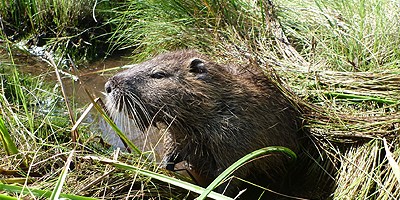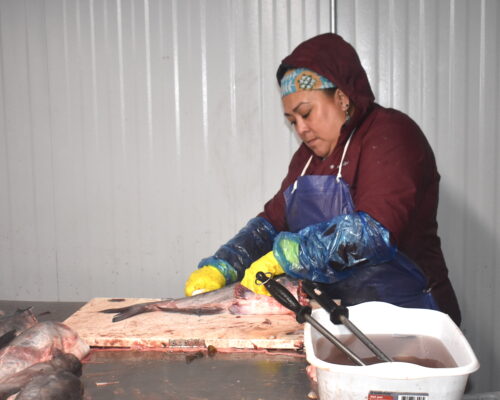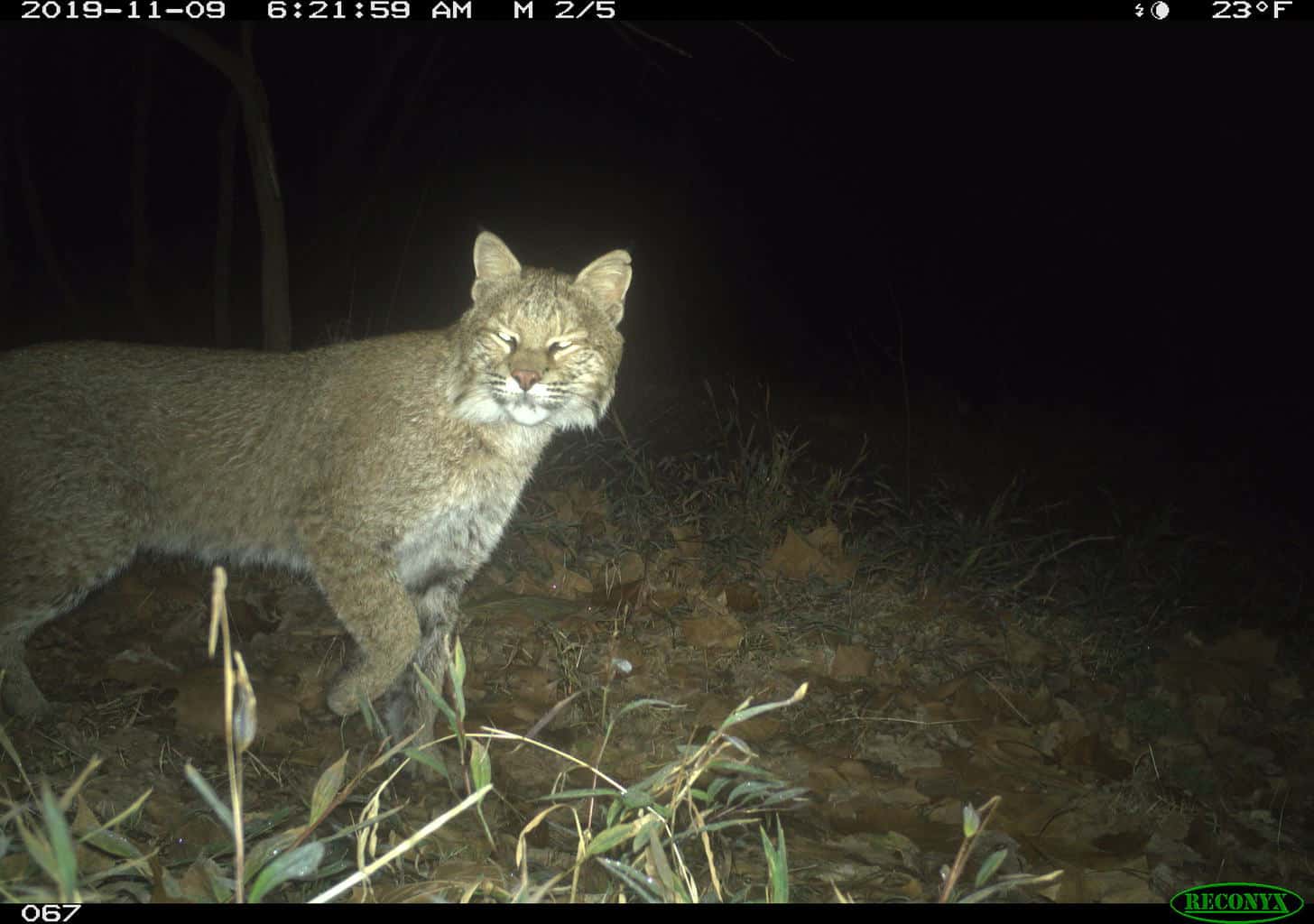The battle against invasive species never ends. Maryland is closing the book on its long battle with nutria, the beaver-sized rodent that devastated marshes on the Eastern Shore in and around the Blackwater National Wildlife Refuge. Virginia, however, is facing a threat from the South American furbearer, which may be expanding its range from the far southeast portion of the state up across the James River to the beautiful Chickahominy River, just west of Williamsburg.
The first confirmed sighting was a nutria roadkill near Providence Forge in January of last year. Since then, scientists from Virginia’s Department of Wildlife Resources (DWR) have partnered with U.S. Department of Agriculture’s Wildlife Service (USDA-WS) for nutria surveillance in New Kent, Charles City, and James City Counties along both sides of the Chickahominy. DWR sought and gained permission to survey from local landowners, beginning a month after the first sighting. Using experience gained in Maryland with the U.S. Fish & Wildlife Service and that state’s Department of Natural Resources (DNR), DWR and USDA-WS are employing nutria detection dogs, hair snares, scat detection platforms, and remote cameras. To date, they have positively detected nutria at 10 sites along a 10-mile stretch downriver from the original roadkill.
The partners continue to monitor the Chickahominy and plan for possible eradication. In other areas of eastern Virginia, they actively seek information from the public by posting nutria identification signs at boat ramps. Meanwhile, DWR and USDA-WS biologists investigate all credible reports of nutria.
For anyone who has ever seen the damage nutria wreaked in the Blackwater Refuge in the 1980s and ‘90s, this is a “hair on fire” moment to protect the Chickahominy and prevent any spread of these destructive critters to the adjacent James, Pamunkey, Mattaponi, and York Rivers.
The common result of nutria infestation in Blackwater was “eat-outs,” in which the animals ate all of the roots, rhizomes, and tubers of whole swaths of plants, destroying the network of plant material that held the marsh soils together. The Refuge alone lost some 5,000 acres to open water, greatly reducing its habitat value. A long (20 years) and expensive ($25 million in federal funds) eradication program in Maryland now nears its end in 2022, with no capture of nutria there since May 2015.
To get ahead of a possible nutria expansion in Virginia, and to prevent the animals from re-infecting the Delmarva Peninsula, DWR and its partners would like to have the federal nutria eradication funds relocated to Virginia when the Maryland program ends next year, through the Nutria Eradication and Control Act of 2003 (H.R. 3399). Concerned citizens can help by contacting their elected representatives in Congress to support relocating the eradication funds. Bay Bulletin will continue to monitor this story. (It’s personal for this correspondent, who has fished and worked along the Chickahominy since the 1950s.) For more information, read Nutria in Virginia – A Threat to Valuable Wetland Habitats in the Chesapeake Bay Region, an information document from DWR, and visit the USFWS Chesapeake Bay nutria eradication program at https://www.fws.gov/chesapeakebay/conservation/nutria-eradication/index.html.
-John Page Williams




